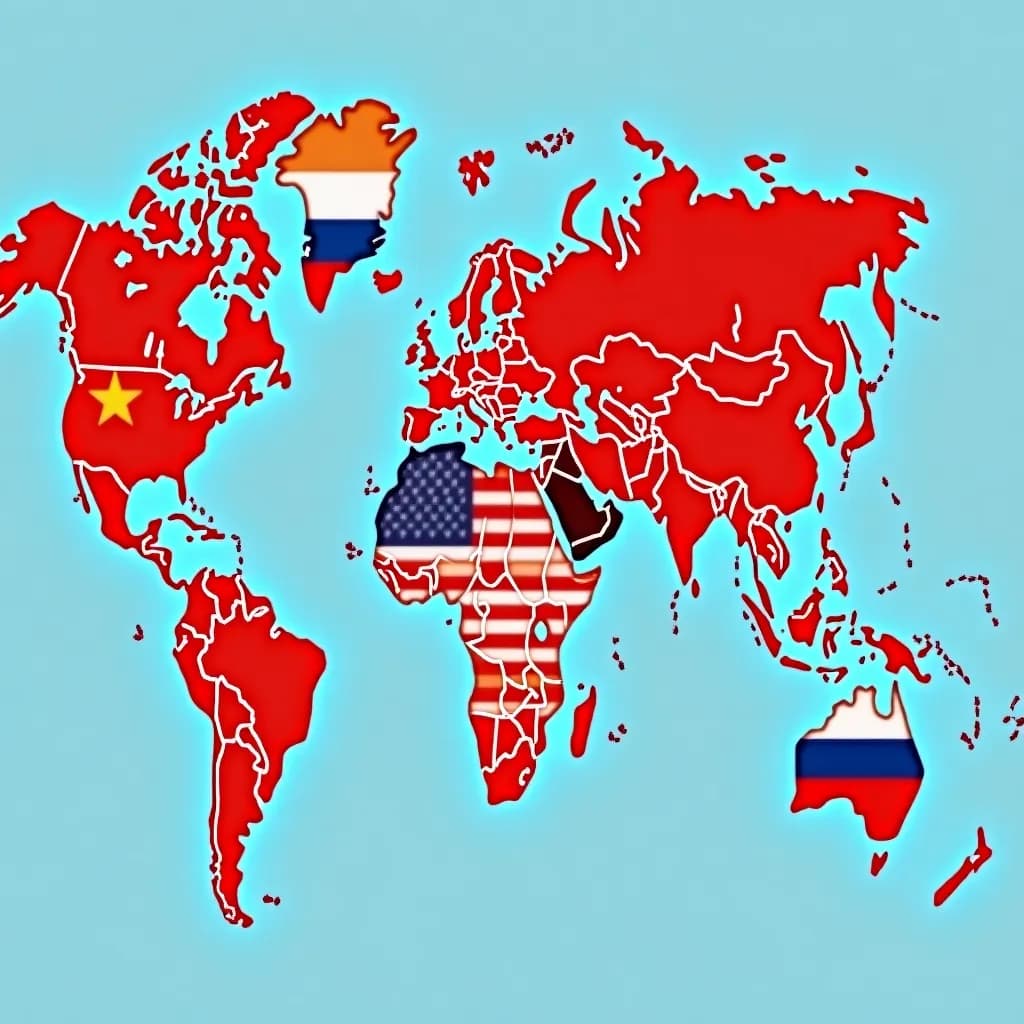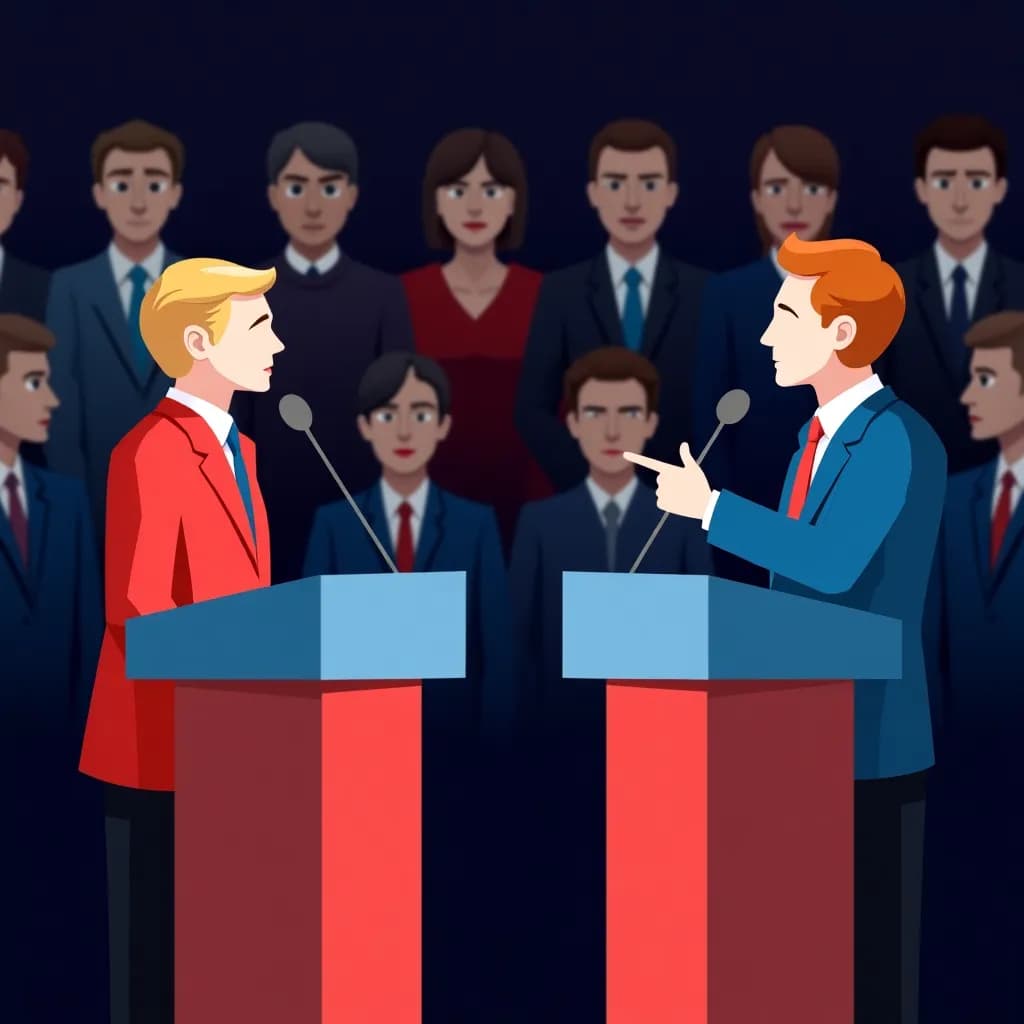Bipartisan Efforts in Congress: Can Cooperation Overcome Gridlock?
In an era marked by stark political polarization, the ability of Congress to pass meaningful legislation often seems hampered by partisan gridlock. However, recent bipartisan efforts offer a glimmer of hope that cooperation is possible, even within a deeply divided government. This article explores the dynamics of bipartisanship in Congress, examining whether cross-party initiatives can realistically address pressing national issues.
The Historical Context of Bipartisanship
Bipartisanship in Congress is not a new phenomenon. Historically, major legislative accomplishments have often required collaboration across the aisle. Landmark bills such as the Civil Rights Act of 1964 and the Americans with Disabilities Act of 1990 were products of bipartisan cooperation. These examples underscore that, despite political differences, Congress has the capacity to unite on issues of national importance.
Current Bipartisan Initiatives
In recent years, several bipartisan initiatives have emerged, particularly in areas such as infrastructure, technology, and healthcare. The Infrastructure Investment and Jobs Act, signed into law in November 2021, is a notable example. This $1.2 trillion package aims to revitalize America's infrastructure and garnered support from both Republican and Democratic lawmakers. According to the Pew Research Center, this legislation reflects a rare consensus on the need to modernize the nation's roads, bridges, and public transit systems.
Another area of bipartisan agreement is technology regulation. With growing concerns over data privacy and the influence of social media, lawmakers from both parties have called for stronger oversight of tech giants. The development of a national data privacy standard could represent a significant bipartisan achievement, aligning with public demand for increased protection of personal information.
Challenges to Bipartisanship
Despite these efforts, several challenges continue to impede bipartisan cooperation. The increasing polarization of political parties, driven by ideological differences and electoral pressures, often stifles cross-party dialogue. According to a study by the Brookings Institution, party-line voting has intensified in recent decades, with fewer legislators willing to break ranks.
Additionally, the role of media and social platforms in shaping public opinion cannot be underestimated. The echo chamber effect, where individuals are exposed primarily to viewpoints that reinforce their own, exacerbates divisions and makes compromise more difficult. This environment poses a significant hurdle for lawmakers attempting to build consensus.
Strategies for Enhancing Bipartisanship
To enhance bipartisanship, Congress could consider several strategies:
- Promoting Dialogue: Encouraging regular interactions between lawmakers from different parties can help build trust and foster mutual understanding.
- Reforming Electoral Processes: Initiatives such as ranked-choice voting could reduce extreme partisanship by incentivizing candidates to appeal to a broader electorate.
- Strengthening Civic Education: Educating citizens about the importance of compromise and the legislative process can create a more informed electorate that values bipartisanship.
Conclusion: The Path Forward
While the path to sustained bipartisanship is fraught with challenges, recent initiatives demonstrate that cooperation is not only possible but necessary to address the complex issues facing the nation. By fostering dialogue, implementing electoral reforms, and enhancing civic education, Congress can work towards a more collaborative and effective legislative process.
Ultimately, the success of bipartisan efforts will depend on the willingness of lawmakers to prioritize the common good over partisan interests. As the nation grapples with critical issues such as healthcare, climate change, and economic inequality, the need for cross-party collaboration has never been more urgent.










